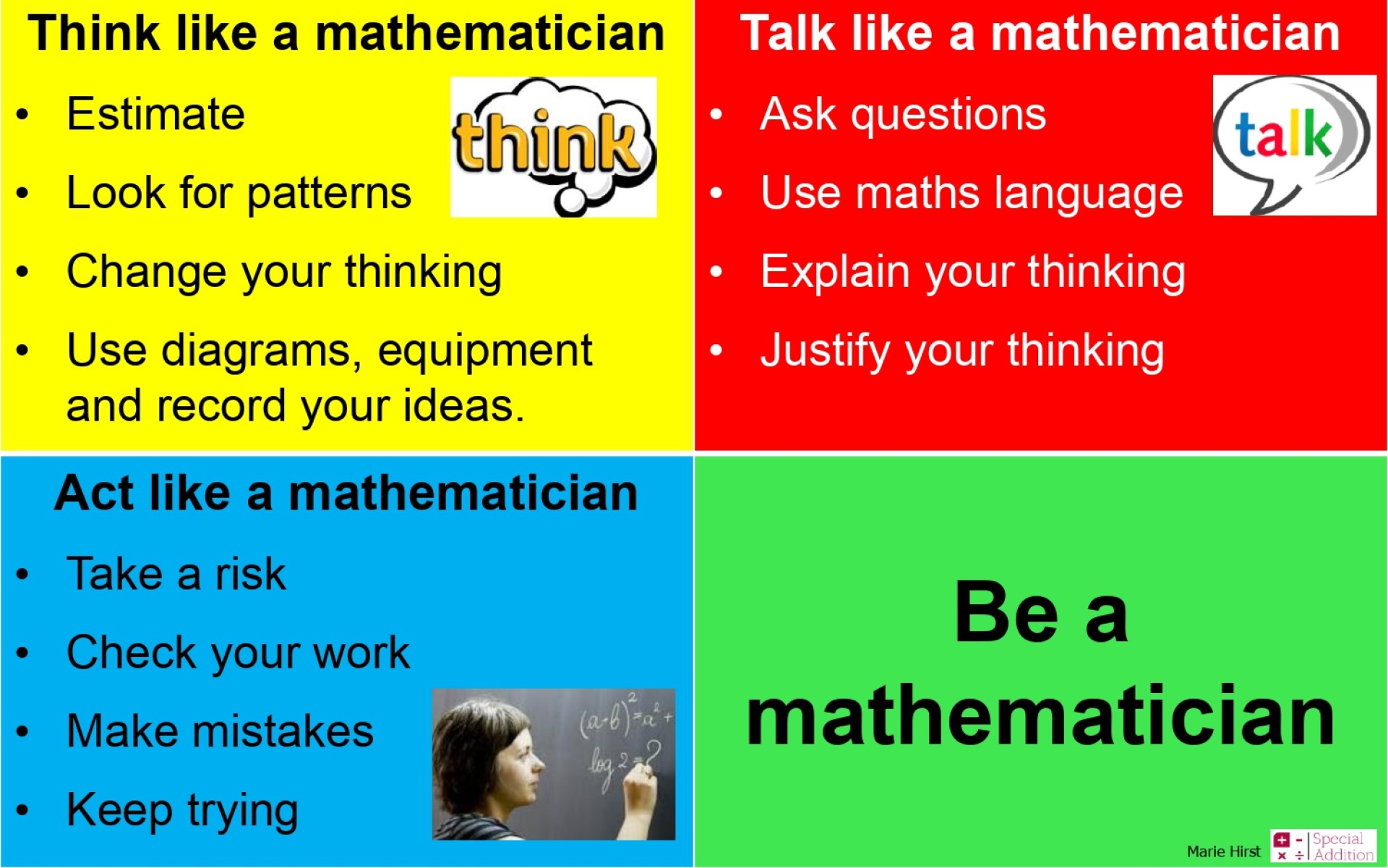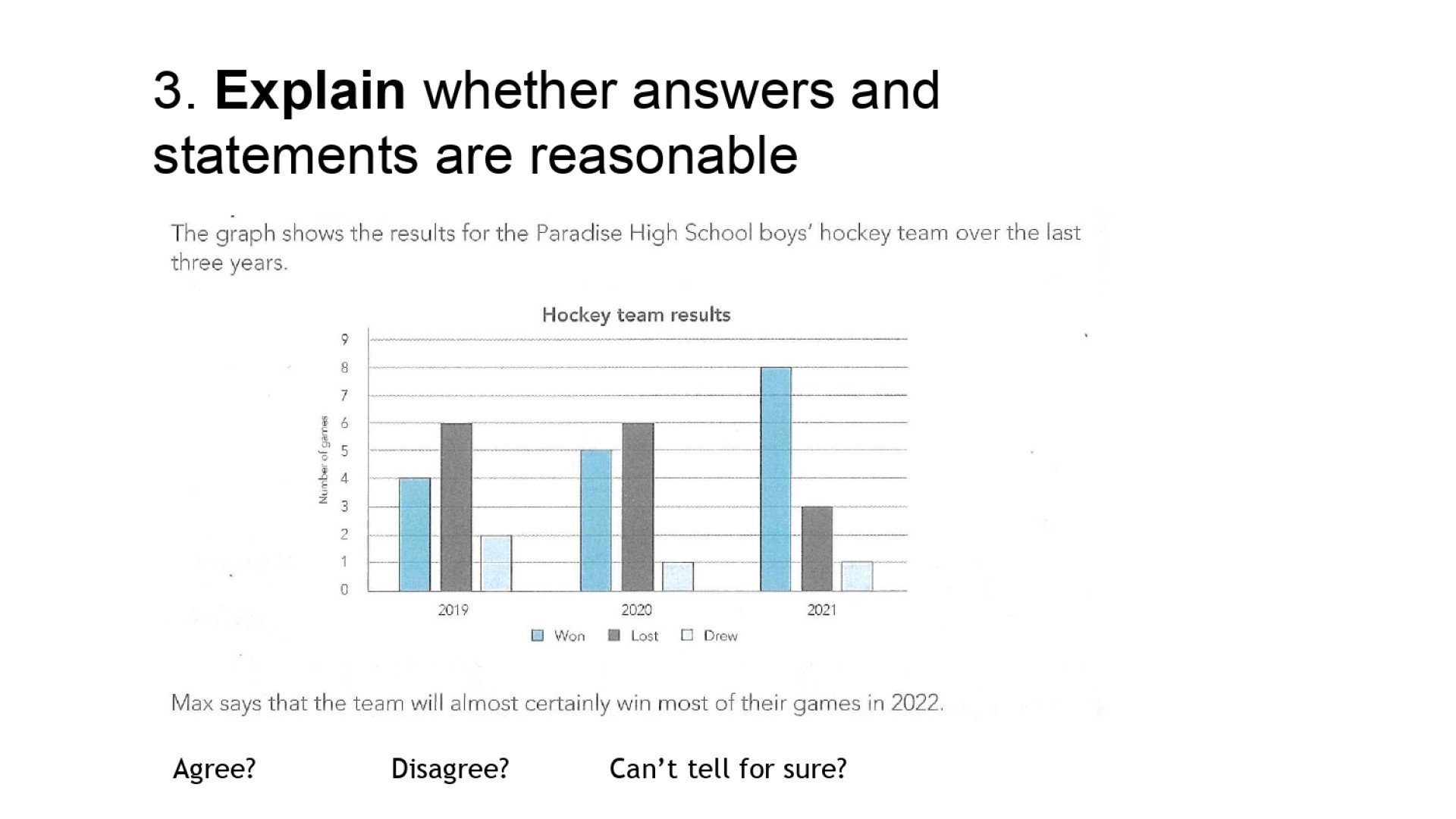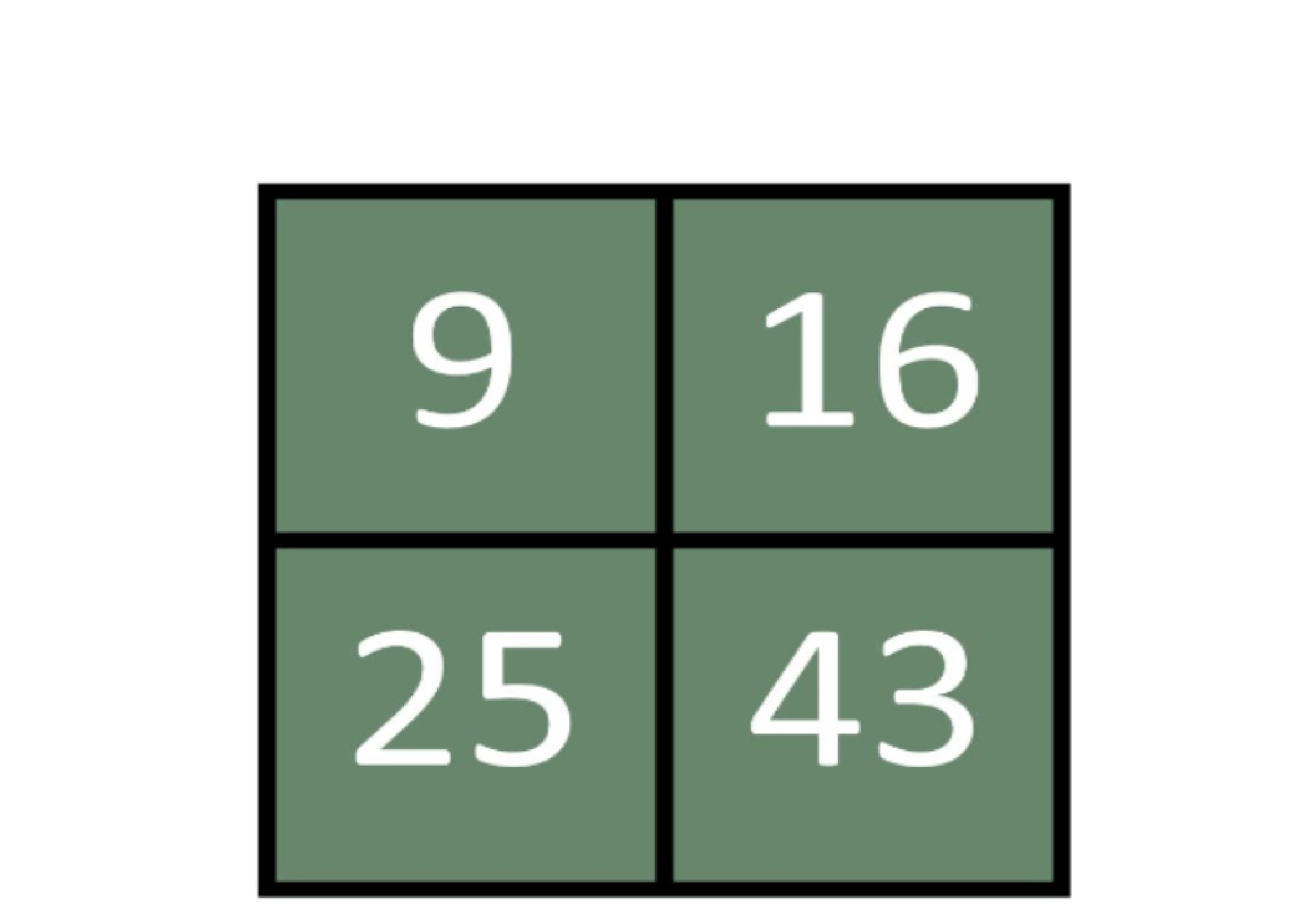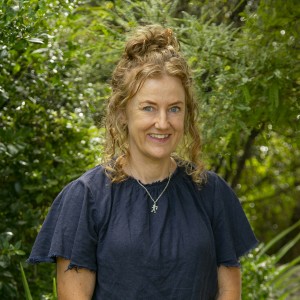The ability to justify and explain the reasons behind an answer links to important 21st century skills such as critical thinking, problem solving, and communication
These skills empower individuals to adapt to change, think creatively, collaborate effectively, and ultimately achieve success in an increasingly interconnected world.
At the secondary school level, students have to explain whether answers and statements are reasonable. This is one of the three process ideas involved in the changed NCEA mathematics questions.
For this question, students must decide whether they agree, disagree, or can’t tell for sure with the statement. Then they must explain their choice. Sometimes more than one of the options could be correct, depending on the explanation given.
When answering these questions, students must use numbers to support their answer. Students must use words to explain their calculations. Answers must be based on the mathematical information given, not on personal experience.
To ensure our students’ future success, there is a need to develop our students' justification and explanation skills in primary school. Here is an example of a mathematics question that develops these skills.
Students have to decide which number out of the four does not belong and explain why.
From a range of students in Years 3–6, Here are their explanations and justifications based on their mathematical knowledge and understanding.
I think 16 does not belong because it is an even number and all the rest are odd numbers.
I think 9 does not belong because it is a one-digit number and the rest are two-digit numbers.
It’s 43 because 9 + 16 = 25. 43 does not belong.
I think 25 does not belong because it is part of the 5 times tables and all the other numbers are not.
9, 16, and 25 are all square numbers. 43 is not a square number, so I think it doesn’t belong.
It is really exciting to see how mathematics opens up when the focus is not just on having the right answer. It becomes so much more exciting and engaging. As students explore possibilities. All of these students have explained and justified their answers based on mathematical knowledge and understanding. Their reasons make them all correct.
These “no correct answer” questions are breaking down barriers for some students as they become more willing to give it a go and share their ideas with no fear they will be wrong.





Comments
No one has commented on this post yet.